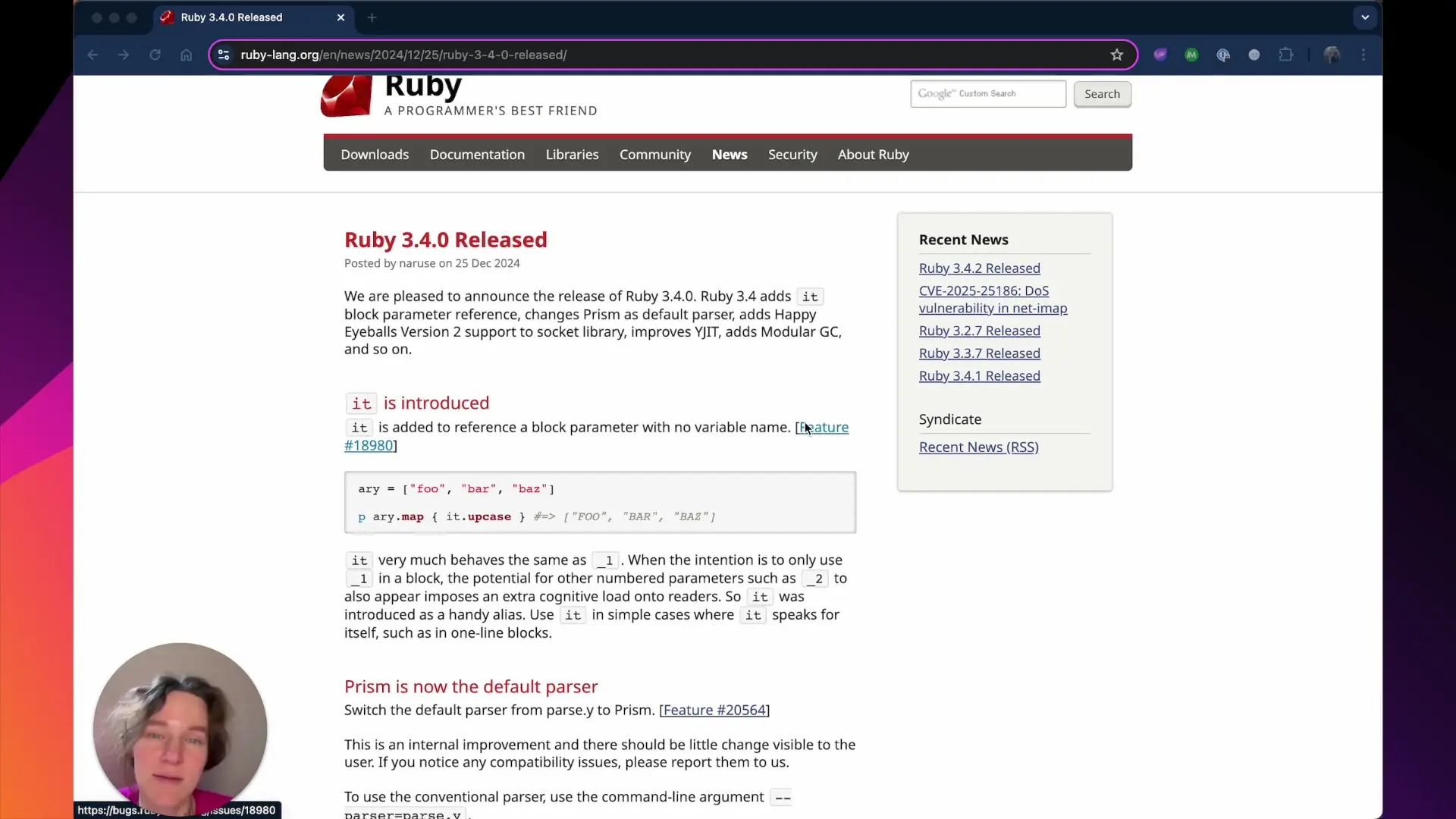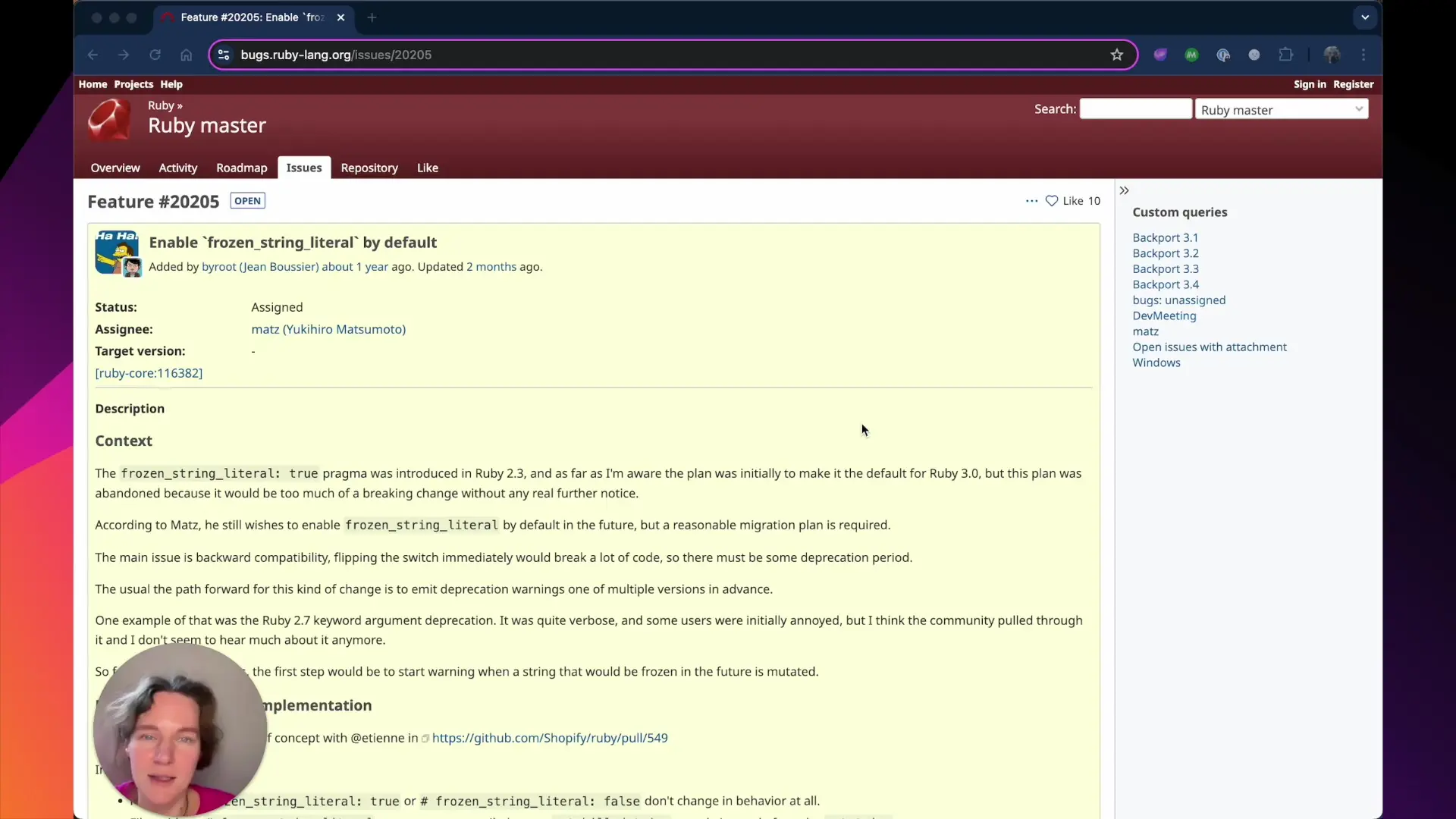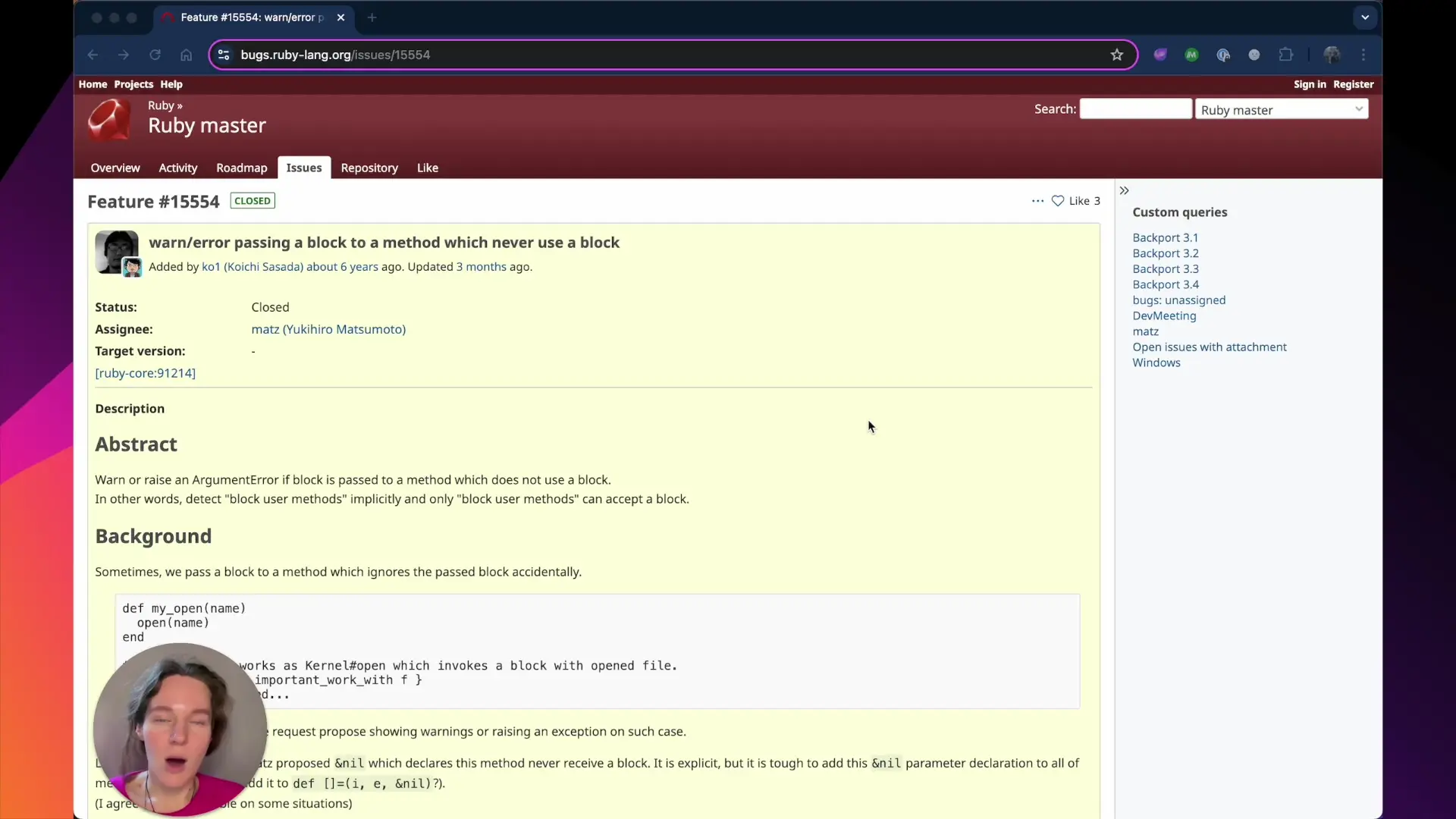
Ruby 3.4, released on December 25th, brings several significant improvements to the language. This release continues the evolution of Ruby with features that enhance code readability, prepare for future changes, and help developers write more maintainable code. Let's explore the most important new features in Ruby 3.4 and how they can benefit your development workflow.
The New 'it' Parameter Alias
One of the most notable new features in Ruby 3.4 is the introduction of 'it' as an alias for '_1' when working with numbered block parameters. While the underscore notation introduced in previous Ruby 3 features was helpful for writing concise code, the new 'it' keyword makes code significantly more readable and beginner-friendly.

This addition brings Ruby closer to conventions used in other functional programming languages, making it easier for developers coming from different backgrounds to understand Ruby code. Here's how you can use the new 'it' parameter in your code:
# Previous approach with _1 (still valid)
numbers = [1, 2, 3, 4, 5]
doubled = numbers.map { _1 * 2 }
# New approach with 'it'
doubled = numbers.map { it * 2 }It's important to note that Ruby provides type hints for both 'it' and '_1' in blocks. However, you cannot mix them in a single block as this will result in an error. Unlike '_1', you can use 'it' as a local variable name elsewhere in your code, providing more flexibility.
# This works fine
it = 42
puts it
# But this will raise an error
[1, 2, 3].map { it + _1 } # Error: can't use both 'it' and numbered parametersAdditionally, 'it' can be assigned within blocks, offering more versatility than the numbered parameters:
[1, 2, 3].each { it = it * 2; puts it } # Outputs: 2, 4, 6Chill Strings: Preparing for Frozen String Literals
Another significant update in Ruby 3.4 is the introduction of "chill strings." This feature is a transitional step toward potentially making string literals frozen by default in Ruby 3.5. The Ruby ecosystem is taking a gradual approach to this change, as completely freezing string literals immediately could cause compatibility issues in existing codebases.

Chill strings are strings that can still be modified but will emit a warning when modified. By default, string literals in Ruby 3.4 are "chilled" when there is no frozen_string_literal pragma at the top of the file.
# Without any pragma, this will produce a warning
str = "hello"
str << " world" # Warning: String#<< called for a string literal
# To disable warnings, add this at the top of your file:
# frozen_string_literal: false
# Or create a new, non-literal string
str = String.new("hello")
str << " world" # No warningThis feature helps developers identify code that might break when string literals become frozen by default, giving the community time to update their code accordingly. If you're developing new Ruby applications, it's a good practice to start treating string literals as immutable and use explicit string creation when you need mutability.
Warnings for Unused Blocks
Ruby 3.4 introduces a helpful warning system that alerts you when a block is passed to a method but isn't used. This is a common source of subtle bugs in Ruby applications, especially after API changes where a method previously supported blocks but no longer uses them.

When a block is passed to a method that doesn't use it, Ruby 3.4 will now emit a warning, helping you identify potential issues early and ensuring your code behaves as expected:
def greet(name)
"Hello, #{name}!"
end
# This will trigger a warning in Ruby 3.4
result = greet("Ruby") { puts "This block is never used" }
# Warning: Block not usedIf you modify the method to use the block, the warning will disappear:
def greet(name)
message = "Hello, #{name}!"
yield message if block_given?
message
end
# No warning now
greet("Ruby") { |msg| puts msg }Improved Ambiguity Handling
Ruby 3.4 has also improved handling of ambiguous parameter nesting. The language now prohibits ambiguous nesting with anonymous parameter forwarding operators such as double splat (**), splat (*), and others. This change makes Ruby code more predictable and easier to debug.
# This would be ambiguous and is no longer allowed in Ruby 3.4
# def process(&)
# some_method { |*| }
# endPreparing for Ruby 3.4 in Your Projects
If you're planning to upgrade to Ruby 3.4 or start a new project with this version, here are some tips to make the most of the new features:
- Start using the 'it' parameter in blocks for better readability when working with single parameters
- Audit your codebase for string mutations and consider updating code that modifies string literals
- Pay attention to warnings about unused blocks to identify potential bugs or misunderstandings in your code
- Consider adding explicit 'frozen_string_literal: true' or 'frozen_string_literal: false' pragmas to your files to make your intentions clear
These new features in Ruby 3.4 continue the language's evolution toward more readable, maintainable, and efficient code. The changes are particularly focused on preparing developers for future updates while maintaining compatibility with existing codebases.
Conclusion
Ruby 3.4 brings several quality-of-life improvements that enhance the developer experience. The introduction of the 'it' parameter alias makes code more readable, chill strings prepare the ecosystem for potential frozen string literals by default, and warnings for unused blocks help catch subtle bugs early. These changes demonstrate Ruby's commitment to evolving gradually while maintaining backward compatibility where possible.
As the Ruby language continues to mature with each release, these new features in Ruby 3.4 provide developers with tools to write cleaner, more maintainable code. Whether you're working on a new project or maintaining an existing one, these improvements offer tangible benefits that can enhance your Ruby development experience.
Let's Watch!
Ruby 3.4 New Features: What Every Developer Should Know
Ready to enhance your neural network?
Access our quantum knowledge cores and upgrade your programming abilities.
Initialize Training Sequence